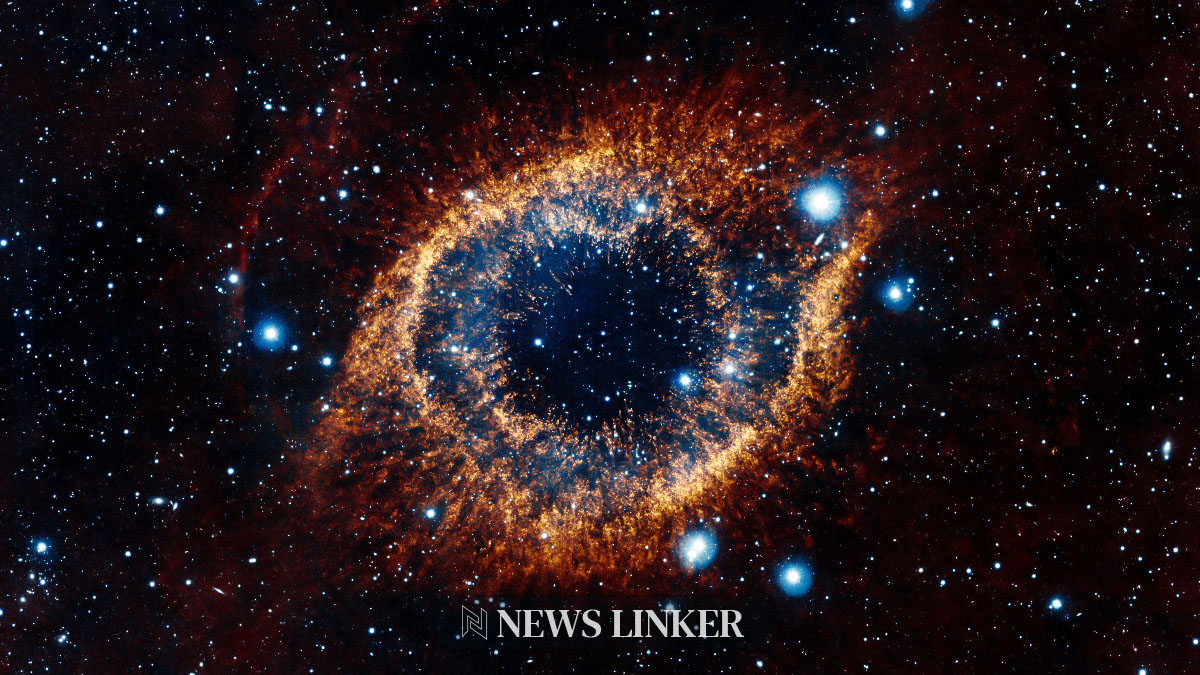A team of astronomers has presented new findings that confirm the dynamic nature of the Radcliffe Wave, a vast cosmic wave influencing stellar birth and death within our Milky Way galaxy. Discovered at Harvard Radcliffe Institute, the wave stretches approximately 9,000 light-years and comprises a series of star clusters. The discovery of the Radcliffe Wave’s undulating movement likens it to the coordinated motions of sports fans in a stadium, with gravity playing a central role in its oscillation.
Stellar Research Enhances Understanding of Galactic Structures
Analysis of data from the Gaia space telescope and observations of interstellar dust and gas allowed for the initial identification of the Radcliffe Wave’s wavy pattern in 2020. Only more recently, however, have astronomers gathered sufficient information to establish that the Radcliffe Wave moves like a traveling wave rather than a stationary one. This motion carries the wave to a peak height of over 700 light-years, with an average wavelength of about 6,500 light-years, shedding light on the wave’s mechanism of formation and potential origins, ranging from supernova explosions to interactions with dwarf galaxies.
Radcliffe Wave’s Influence on Earth and Beyond
The research suggests the Radcliffe Wave’s oscillations could trigger star formation and supernovae bursts, potentially affecting Earth’s geological and climatic history. For instance, the creation of the Local Bubble, a star-forming region encompassing our solar system, may have been instigated by such a supernova burst around 14 million years ago. Furthermore, the Radcliffe Wave’s proximity, approximately 980 light-years from our solar system, and its outward drift could have played a role in shaping the Local Bubble.
The study proposes that the Radcliffe Wave has not only had a direct impact on our planet, but may also be indicative of a common galactic phenomenon. The researchers are now investigating whether such waving structures are a widespread feature across the Milky Way and other galaxies. Their findings also link peaks in Earth’s radioactive materials to solar passages through dense cosmic structures like the Radcliffe Wave.
Collaborative research efforts have led to these insights, with contributions from various astronomers and institutions. Their work continues to probe the fundamental causes of the Radcliffe Wave’s formation and its implications for understanding galactic processes.
Understanding the Radcliffe Wave’s origins and its effects within the galaxy remains a focal point for astronomers, as they explore the possibilities of similar phenomena across the universe.










